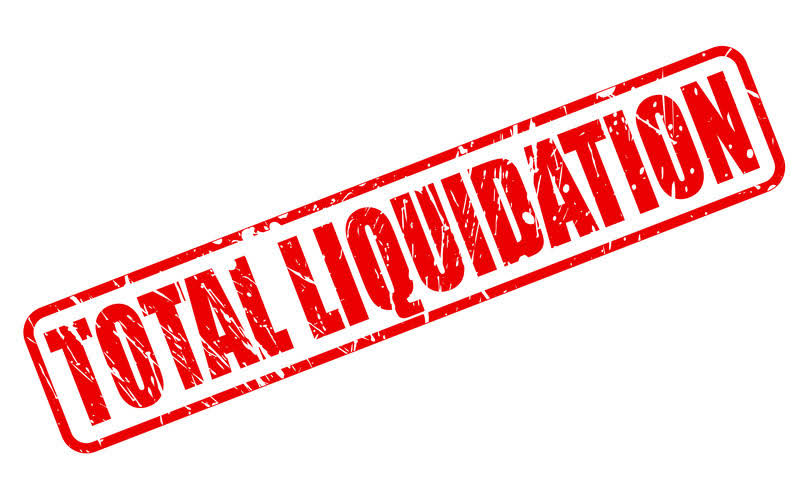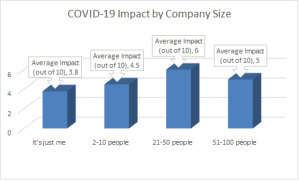
Adjusted general and administrative expense is general and administrative expense excluding expenses related to corporate restructuring and certain legal proceedings. The adjusted effective income tax rate is the effective income tax rate adjusted to reflect the after tax impact of non-GAAP adjustments. Restaurant Level Operating Margin is equal are retained earnings current liabilities to the revenues generated by our restaurants less their direct operating costs which consist of food, beverage and packaging, labor, occupancy and other operating costs. This performance measure primarily includes the costs that restaurant level managers can directly control and excludes other costs that are essential to conduct our business.
- Ask a question about your financial situation providing as much detail as possible.
- Skechers operates in a very competitive and rapidly changing environment.
- Once your cost of goods sold, expenses, and any liabilities are covered, you have to pay out cash dividends to shareholders.
- Banks, for example, want to know before extending credit whether a company is collecting—or getting paid—for its accounts receivables in a timely manner.
- The company’s accountants record a $1 million debit entry to the audit expense account and a $1 million credit entry to the other current liabilities account.
Example of a Balance Sheet:
Overdraft credit lines for bank accounts and other short-term advances from a financial institution might be recorded as separate line items, but are short-term debts. The current portion of long-term debt due within the next year is also listed as a current liability. Commercial paper is also a short-term debt instrument issued by a company.

Net income vs. gross profit
Two alternatives are IFRS and a simpler form of IFRS, known as IFRS for Small and Medium Sized Entities, or SMEs for short. In 2008, the AICPA recognized the IASB as a standard setter of acceptable GAAP and designated IFRS and IFRS for SMEs as an acceptable set of generally accepted accounting principles. However, it is up to each State Board of Accountancy to determine if that state will allow the use of IFRS or IFRS for SMEs by non-public entities incorporated in that state. All of this information pertains to publicly traded corporations, but what about corporations that are not publicly traded?

Cash Flow Statement: Explanation and Example
Reconciliations to GAAP measures and further information are set forth in the table at the end of this press release. Current liabilities are typically settled using current assets, which are assets that are used up within one year. Current assets include cash or accounts receivable, which is money owed by customers for sales.
Where they know that management has profitable investment opportunities and have faith in the management’s capabilities, they would want management to retain surplus profits for higher returns. The goal is to maintain a balance that supports your business’s health and strategic goals while meeting shareholder expectations. High-debt companies may retain more earnings to reduce debt and improve financial health. This result is your net income, showing what the company earns after covering all its costs. With plans starting at $15 a month, FreshBooks is well-suited for freelancers, solopreneurs, and small-business owners alike.
- Both the current and quick ratios help with the analysis of a company’s financial solvency and management of its current liabilities.
- Retained earnings provide a much clearer picture of your business’ financial health than net income can.
- As a result, any items that drive net income higher or push it lower will ultimately affect retained earnings.
- Unlike cash payments, stock dividends don’t immediately impact a company’s bottom line.
- Net Performance is defined as the impact of cost and productivity initiatives, production efficiencies and/or disruptions, and other operating impacts.
- Retained earnings are the net income of a business after dividends have been paid out to shareholders and/or owners.
- They are essential for understanding and analysing a company’s performance from numerous angles.
What Is the Difference Between Retained Earnings and Dividends?
The income statement displays a company’s revenues and expenses over a specified period, typically one year. The income statement begins with the company’s revenue and subtracts all expenses to determine the net income. Owner’s equity and retained earnings are largely synonymous in many circumstances, but there are key differences in exactly how they’re calculated. Many small businesses with just a few owners will prefer to use owner’s equity. Retained earnings are more useful for analyzing the financial strength of a corporation.

What Is the Current Ratio?
- 11 Financial may only transact business in those states in which it is registered, or qualifies for an exemption or exclusion from registration requirements.
- Most corporations would use a full accrual basis of accounting such as U.S.
- Shareholder’s equity section includes common stock, additional paid-in capital, and retained earnings.
- In accounting, if a company has more profits than losses over time, and after dividends are paid, the retained earnings account will show a credit balance, reflecting the accumulated profits held in the company.
- A company’s board of directors may designate a portion of a company’s retained earnings for a particular purpose such as future expansion, special projects, or as part of a company’s risk management plan.
A potential buyer might use the equity section of the balance sheet and its line items to decide whether there are assets that could be stripped away without damaging the underlying business. The retained earnings balance can also be used to calculate financial ratios, including debt-to-income and acid-test ratios. The balance in the corporation’s Retained Earnings account is the corporation’s net income, less net losses, from the date the corporation began to the present, less the sum of dividends paid during this period. Net income increases Retained Earnings, while net losses and dividends decrease Retained Earnings in any given year.

Dividend payments can vary widely, depending on the company and the firm’s industry. Established businesses that generate consistent earnings make larger dividend payouts, on average, because they have larger retained earnings balances in place. However, a startup business may retain all of the company earnings to fund growth.
Corporate Accounting and IFRS
Additionally, investors may prefer to see larger dividends rather than significant annual increases to retained earnings. A current asset is any asset that will provide an economic benefit for or within one year. The par value of a stock is the minimum value of each share as determined by the company at issuance.
